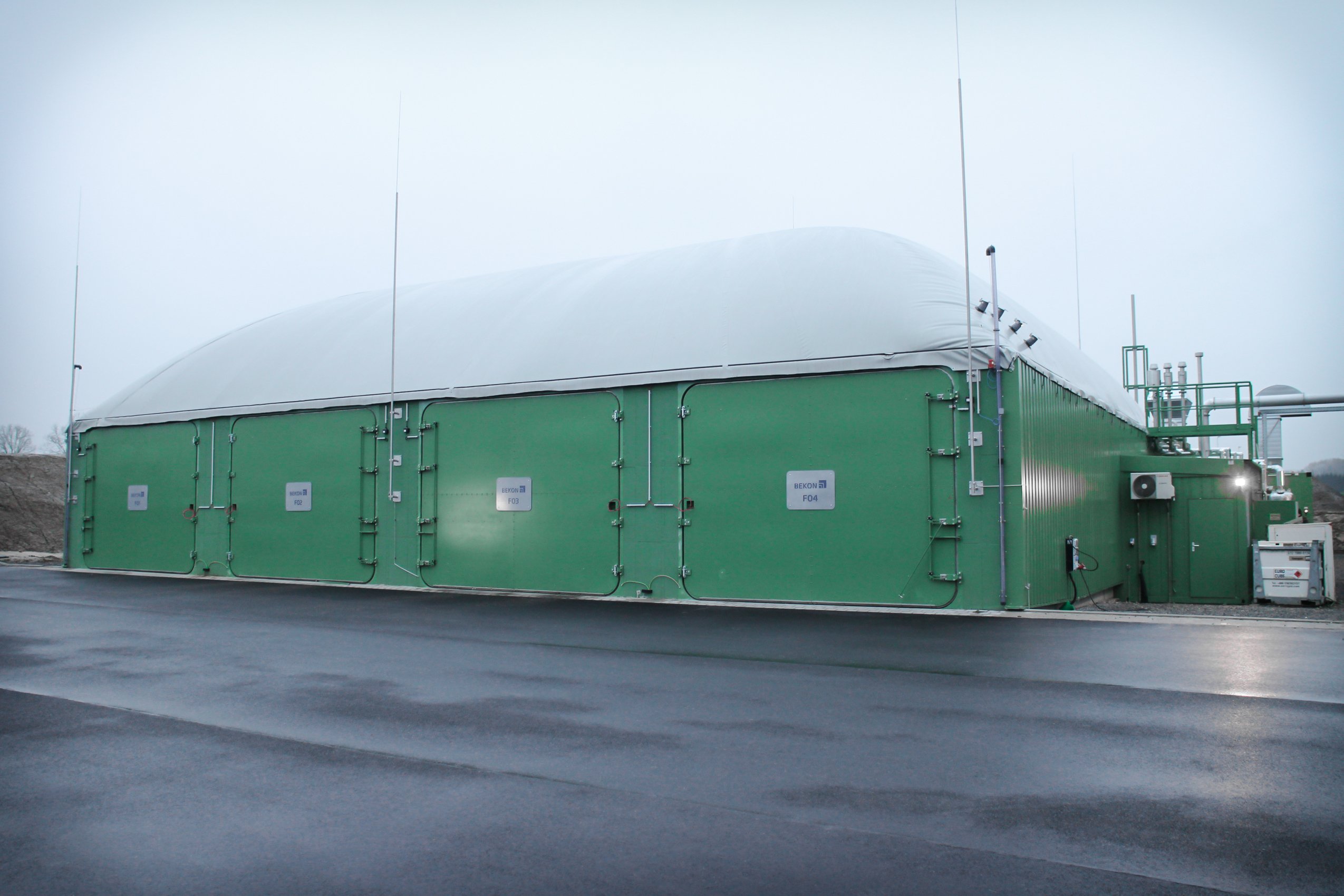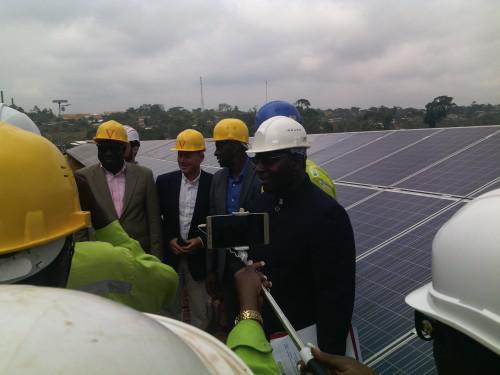
If the blowup over President Trump’s new solar tariff proves anything, it proves that the renewable energy transition is inevitable. A new hydroelectricity project for the City of San Diego, California is a case in point. The city recently raised the level of an existing hydropower dam to hold more water, and now it is considering a massive new energy storage element that would help the grid support more wind and solar power.
The project provides support for the view that the new solar tariff is little more than a “speed bump” on the road to more sustainable future. Trump’s tariff is all but certain to disrupt the lives of individual solar workers, business owners and investors to some degree, but the overall impact is beginning to look like more smoke than fire.
Pushing the envelope on US hydropower
You wouldn’t know it from all the buzz over the latest high tech solar cells and wind turbines, but until very recently hydropower accounted for the lion’s share of the nation’s renewable energy pie.
That situation is rapidly changing. With wildlife conservation and environmental impacts in mind, there are few remaining opportunities to construct entirely new hydropower facilities in the US. In fact, this year the US Energy Information Agency expects wind energy to surpass hydropower for the first time ever.
There are still opportunities for growth in hydropower production, though. The US Department of Energy has been experimenting with ways to squeeze more electricity out of existing hydropower dams, and some interesting developments are occurring in the fields of wave energy, tidal energy and low impact hydrokinetic electricity.
It’s also worth noting that the importance of hydropower goes beyond the number of megawatts produced by the nation’s hydropower dams. The US Department of Energy foresees that hydropower provides the kind of stable, on-demand electricity supply that helps balance the variability of wind and solar.
Just a couple of weeks ago, the Energy Department posted an article describing how hydropower supports wind and solar. Here are some key points:
As the grid evolves in the 21st century, hydropower will be increasingly valued for its ability to respond quickly to disturbances in the grid and be dispatched on demand
Hydropower’s flexibility means it can help ensure power supply and quality even when high levels of variable power sources are on the grid. When countries run most or all of their power systems on renewable energy, it is often enabled by significant hydropower resources.
The Energy Department’s 2016 Hydropower Vision lays out the potential for the US to produce 30 gigawatts more hydropower than currently, with much of the increase coming from existing dams.
The 2016 report also supports an earlier Energy Department analysis from 2012, which describes scenarios for achieving 80 percent renewable energy by 2050.
Hydropower + energy storage for San Diego
That brings us to the new proposal to add an energy storage component to an existing hydropower facility owned by the San Diego Water Authority.
The project has its roots in the city’s recent $1.5 billion Emergency and Carryover Storage Project, designed to provide water supply for up to six months in case of systemwide distruption due to earthquakes or prolonged drought.
Two of four major facilities in sprawling project were constructed under design and management services provided by the A-list firm Black and Veatch. The company’s award-winning work included raising the existing San Vicente Dam an additional 117 feet, which doubled the size of the San Vincente Reservoir.
The latest twist is a proposal to add 500 megawatts of energy storage to the system. Dubbed the San Vicente Energy Storage Facility, it would have the goal of increasing “the efficiency and availability of renewable energy for the region,” as described by Black and Veatch. Here’s more:
The SVESF will store energy by pumping water to an upper reservoir when energy demand is low and releasing water from the upper reservoir through turbines when energy demand is high. The “pumped hydro” energy storage solution would support power grid operations and enable significant and sustained integration of renewable wind and solar energy into the power supply mix.
If you are already familiar with pumped hydro energy storage systems, this will ring a few bells:
During peak energy demand, water would flow downhill to turn hydroelectric turbines. During off-peak periods, including daytime when renewable energy supplies exceed demand, water would be pumped to the upper reservoir.
To ice the cake, the added revenue from SVESF would provide a funding stream for renovating the system’s aging infrastructure, without a consequent increase in water rates.
The new solar tariff: a hiccup, not a seizure
Circling back around to that solar tariff, it’s true that startups have been much in the spotlight as the US transitions to renewable energy, and some of them are exposed to the negative consequences of Trump’s decision.
However, diversified legacy companies like Black and Veatch also come in for their share of the credit for pushing the US renewable energy sector forward, and they may be less exposed to fallout from the solar tariff.
The San Diego energy storage proposal, for example, is just part of Black and Veatch’s long term strategy for growing its renewables business.
Last September, the company partnered with the Renewable Energy Test Center in California to launch a new service called “energy storage bankability.”
The new partnership will test and validate emerging energy storage technologies, providing a significant assist to new products on the verge of commercialization.
The Renewable Energy Test Center’s role is to help predict the lifetime performance of a product. Black & Veatch is contributing its experience in “independent assessment of alternative energy technologies and the design and construction of PV plants, microgrids and other systems that deploy PV and energy storage technologies.”
Solar tariff or not, it looks like renewables have a bright future in the US.


 Seeing the momentum moving toward electric vehicles, the Automotive Research Association of India (ARAI) is working on building a facility that will test EV batteries.
Seeing the momentum moving toward electric vehicles, the Automotive Research Association of India (ARAI) is working on building a facility that will test EV batteries. Metro rail systems in India have redefined the urban experience for many city dwellers. In cities with a functional metro system, commuters have an option for cheap and affordable public transport. Additionally, the use of regenerative braking technology (in some instances) has allowed metro rails systems to save on power and thus reduce the release of harmful carbon emissions.
Metro rail systems in India have redefined the urban experience for many city dwellers. In cities with a functional metro system, commuters have an option for cheap and affordable public transport. Additionally, the use of regenerative braking technology (in some instances) has allowed metro rails systems to save on power and thus reduce the release of harmful carbon emissions. On January 25, 2018, Eneo has commissioned the first ever solar/thermal hybrid plant, in Cameroon, in Djoum, Southern Cameroon. With this infrastructure, built by the Spanish ELECNOR (CFA319 million), the electricity company moves into photovoltaic.
On January 25, 2018, Eneo has commissioned the first ever solar/thermal hybrid plant, in Cameroon, in Djoum, Southern Cameroon. With this infrastructure, built by the Spanish ELECNOR (CFA319 million), the electricity company moves into photovoltaic.